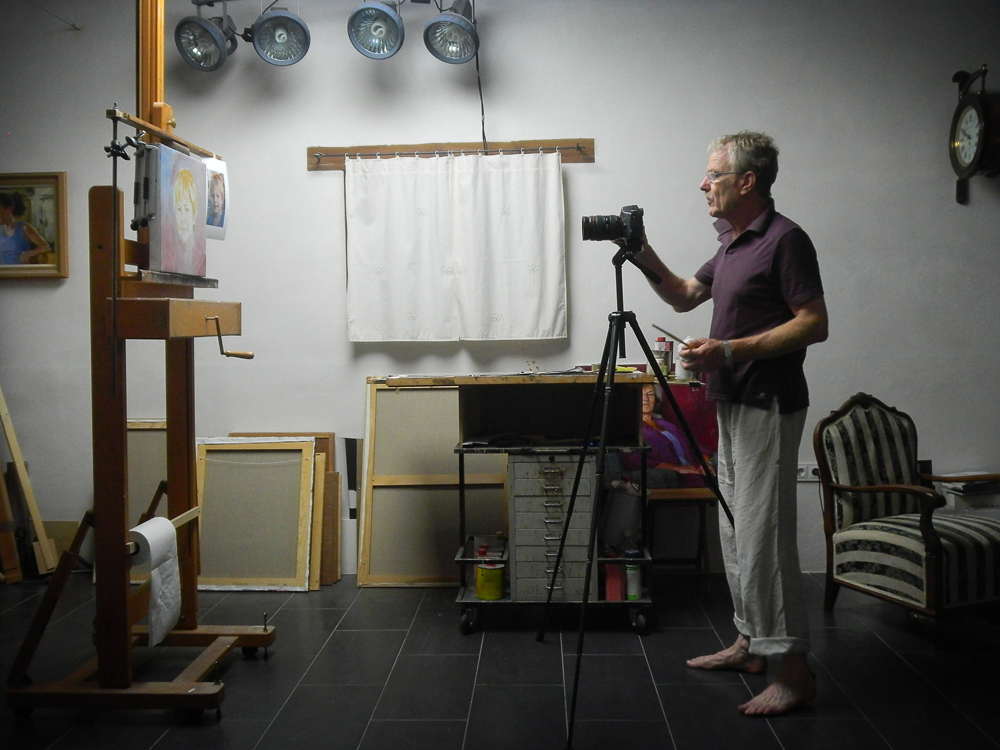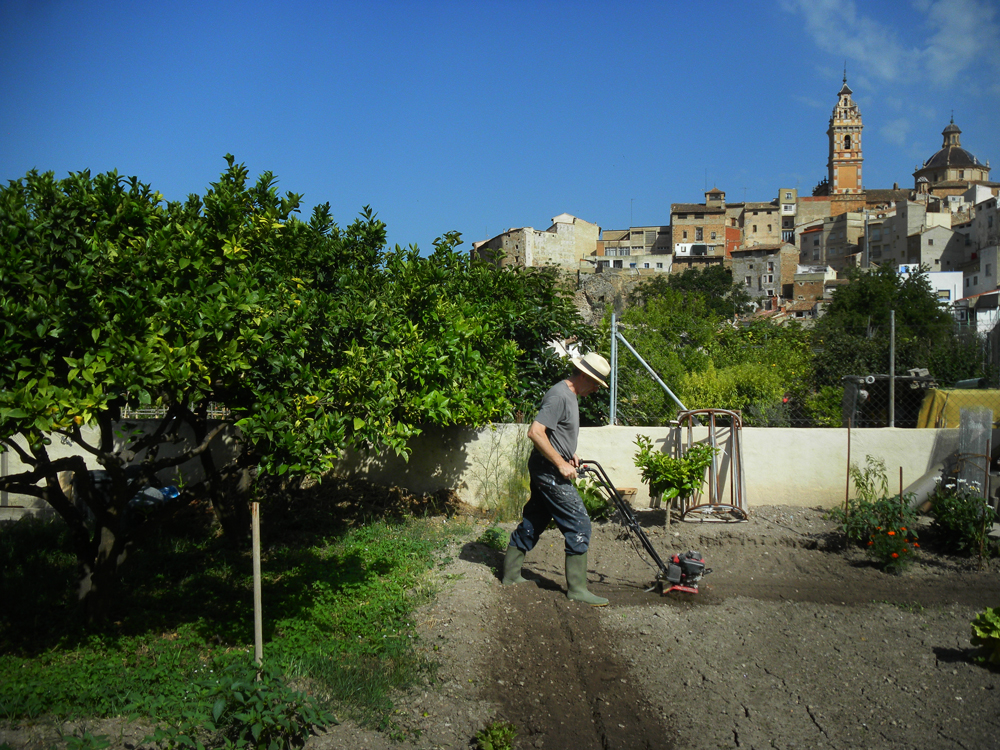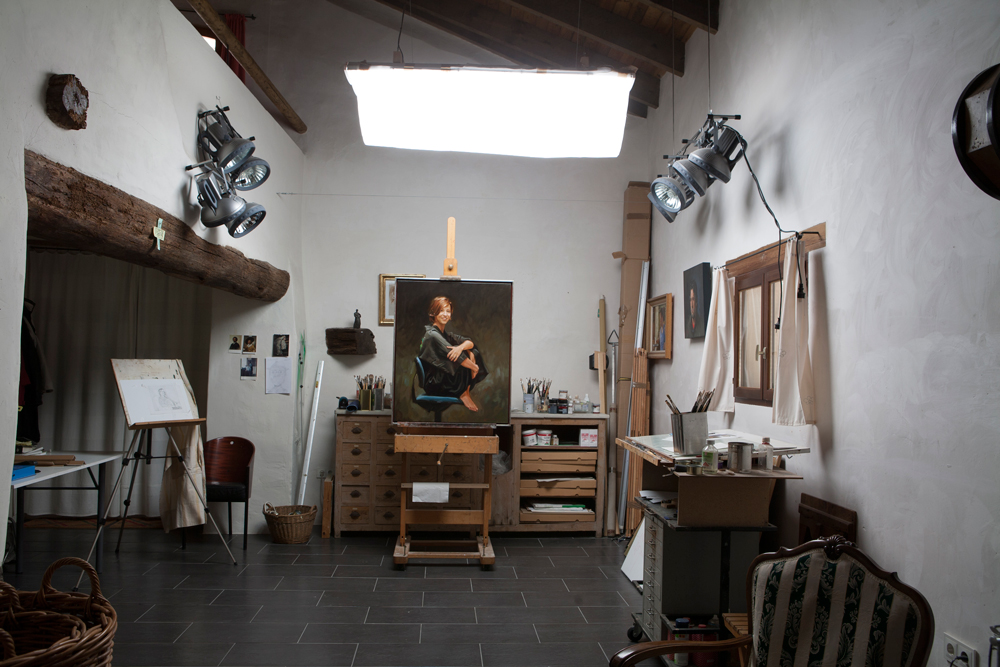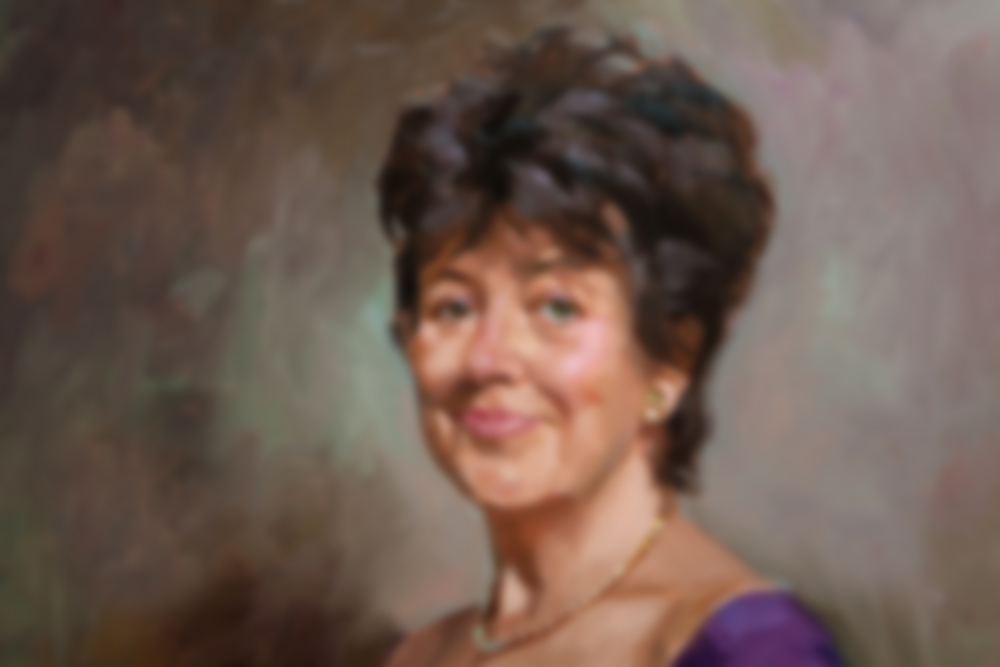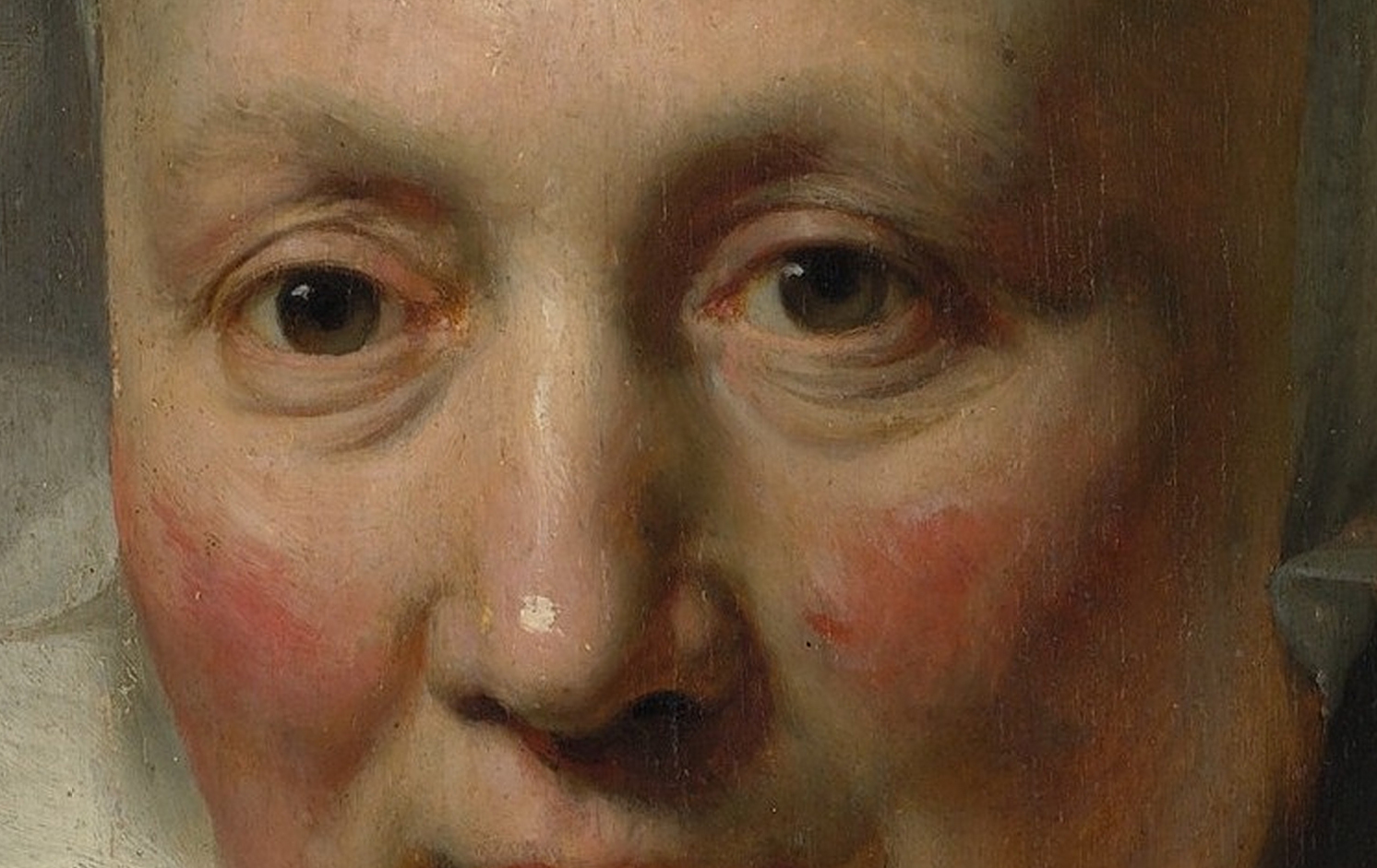Although I use little medium it constitutes a very fundamental part of my painting.
What medium do I use? I always get that question and I’ll explain. It’s important to know that my technique is based on the “allaprima” technique. ‘Allaprima’ means that the painting will be painted ‘wet-into-wet’. With this technique the colours are mixed not only on the palette but also on the painting itself, and the paint can continue to be thinned with the same solvent or medium, or the paint can be used pure. And remember I work in one-day parts so every part must be finished in one single day, before the paint is dry.

◊ Before I start, I rub the canvas with a medium. That can be a normal drying standard medium. Sometimes I use a mixture of 50% alquid medium + 50% stand oil, that gives a more oily appearance. Why do I start this way? I always say “the canvas is hungry and must be fed and satisfied.” In this way the linen sucks less, and the brush strokes are received more easy. I don´t use it too thick, I apply the mixture with a brush and wipe it off with a cloth.
◊ When I start painting I use hardly any medium. My paint is of good composition. I mostly use Rembrandt/ Talens and for me it has the ideal ratio of pigment-oil. Some brands are stiffer and others more liquid.
◊ Once the canvas is covered with paint, and I want to continue adding details, I use the mixture of 50% alquid medium + 50% stand oil.


